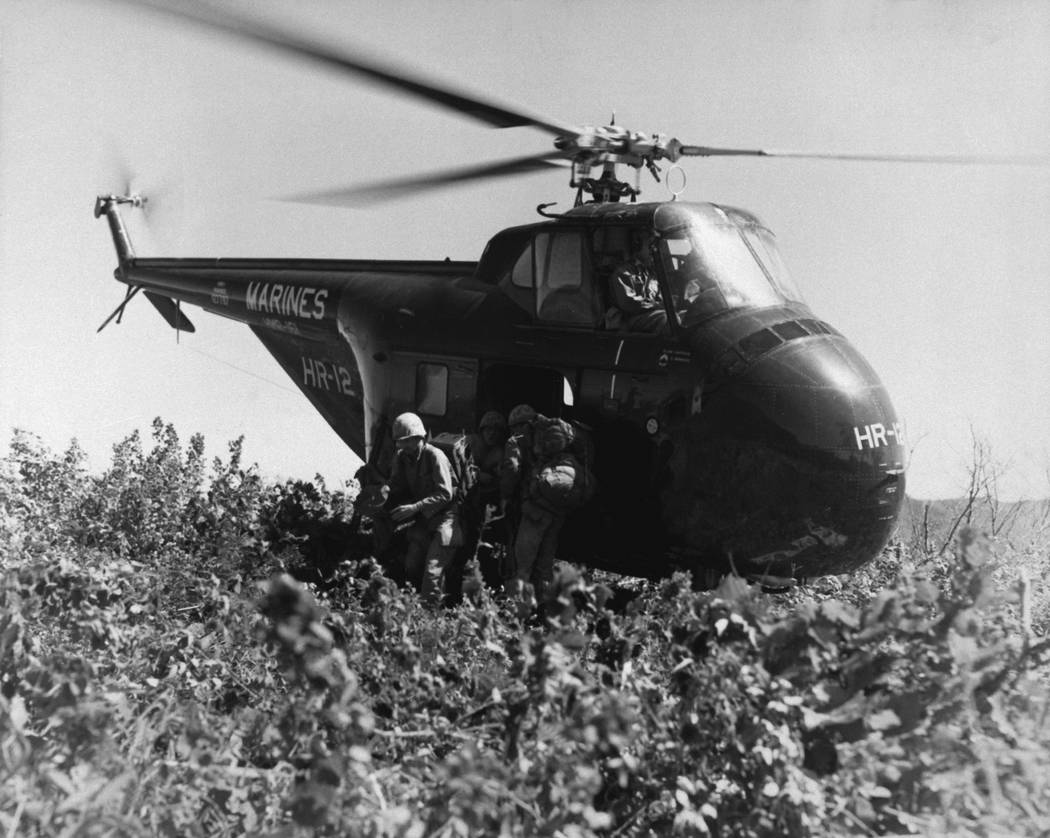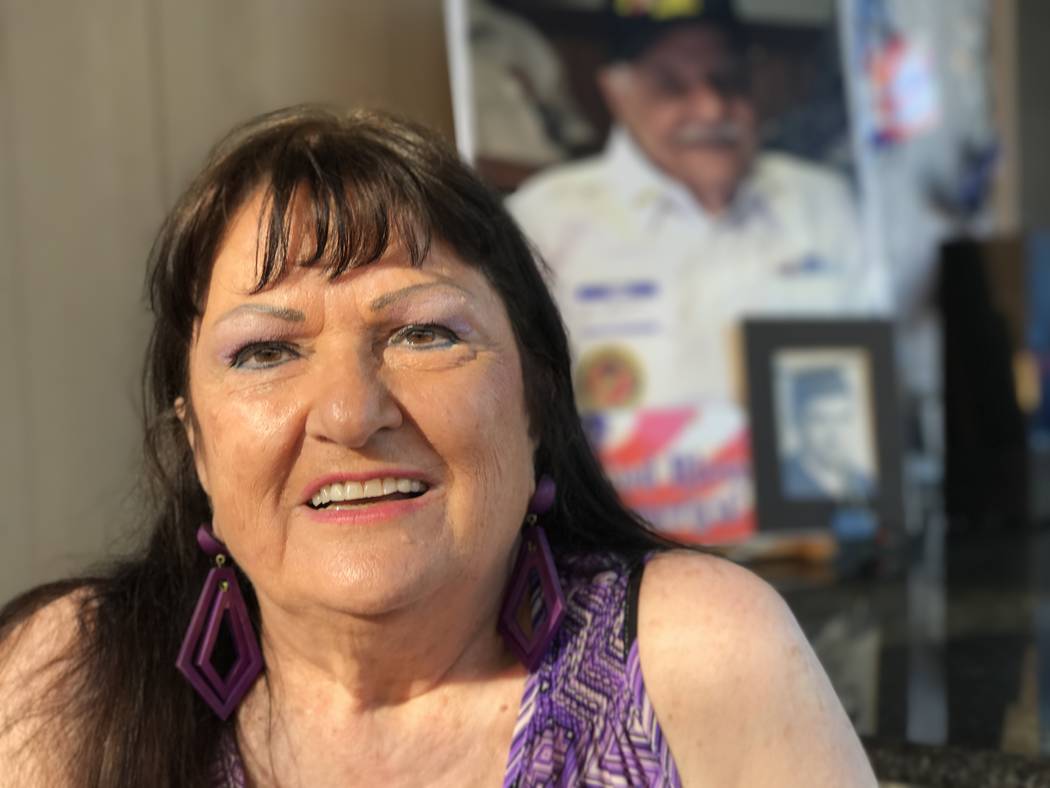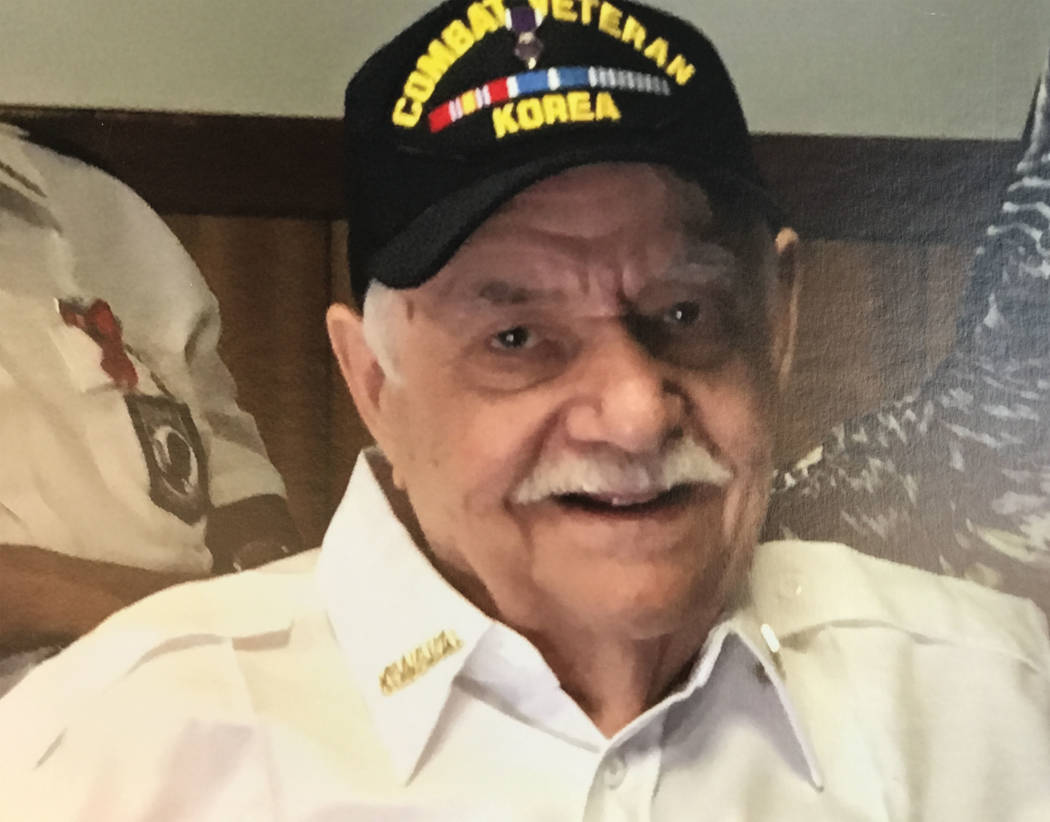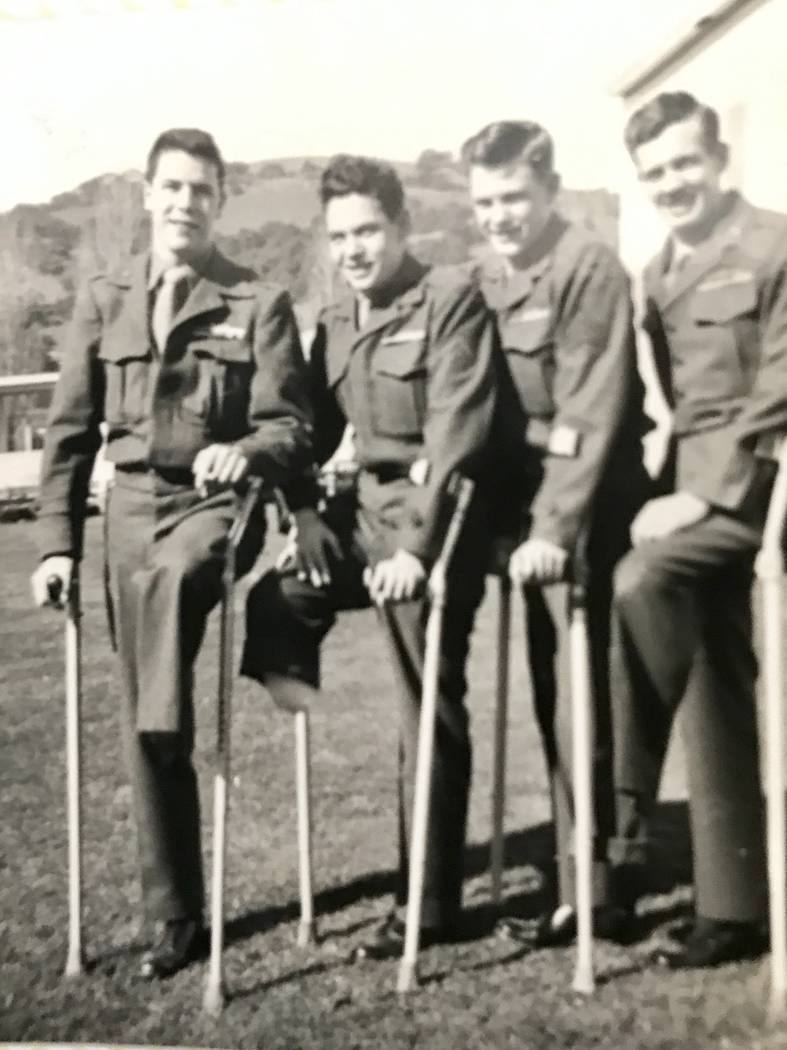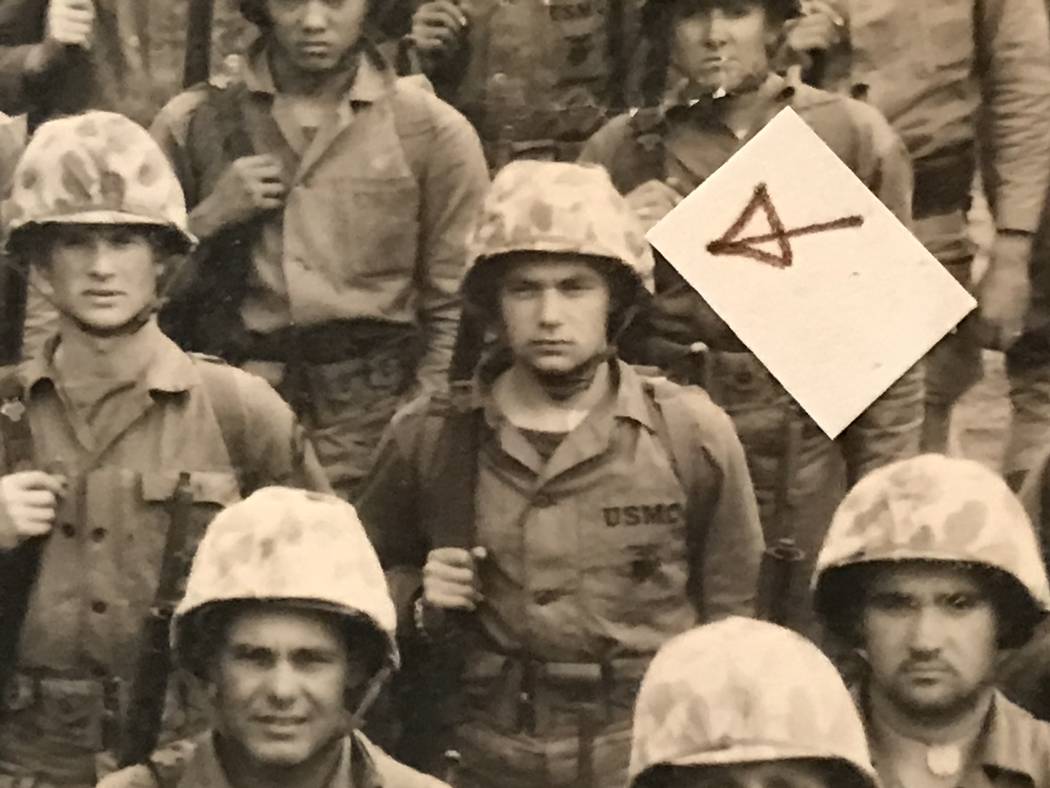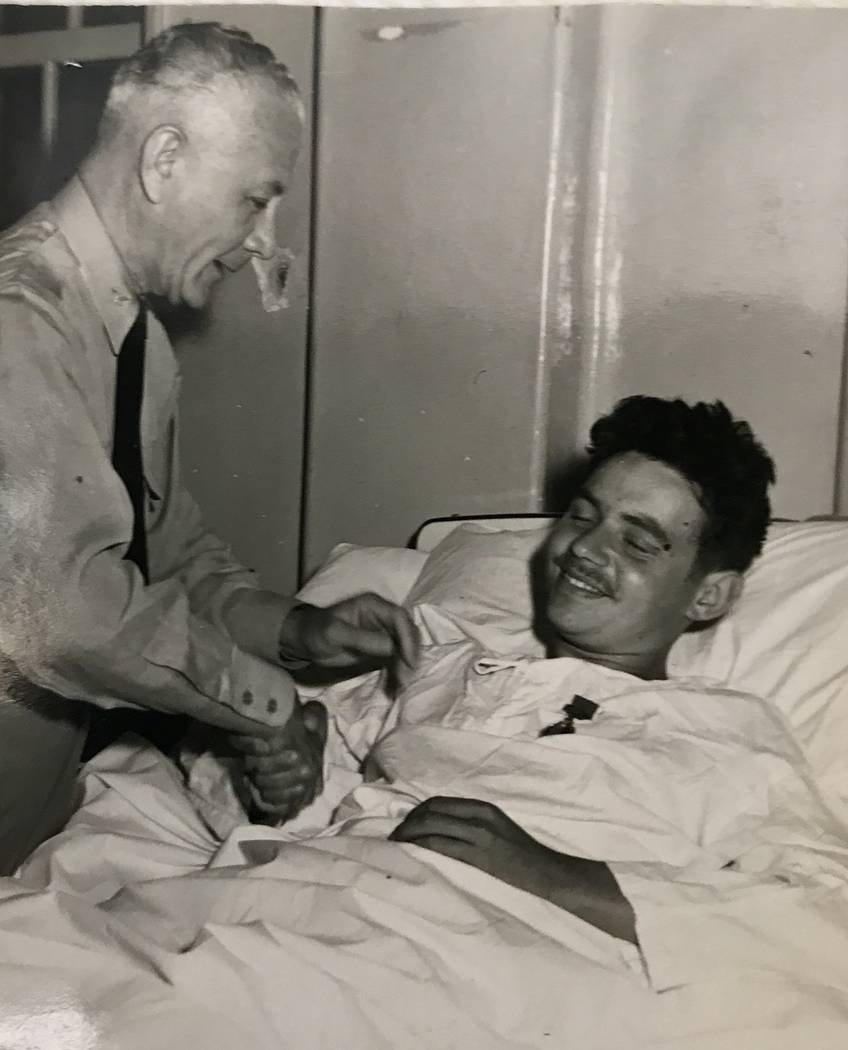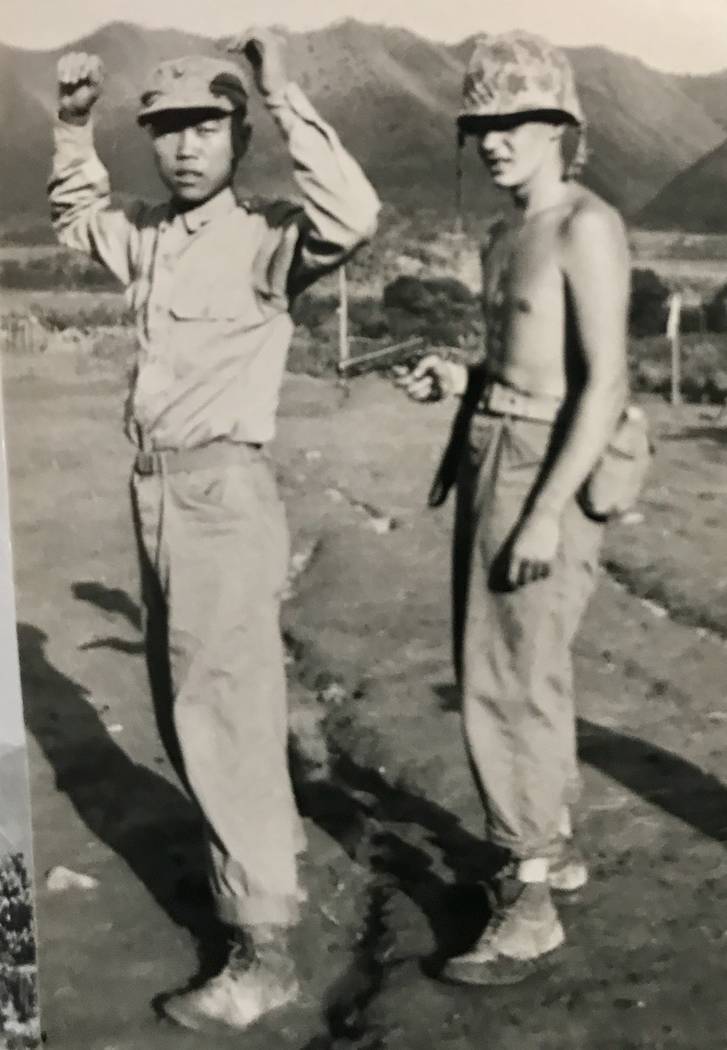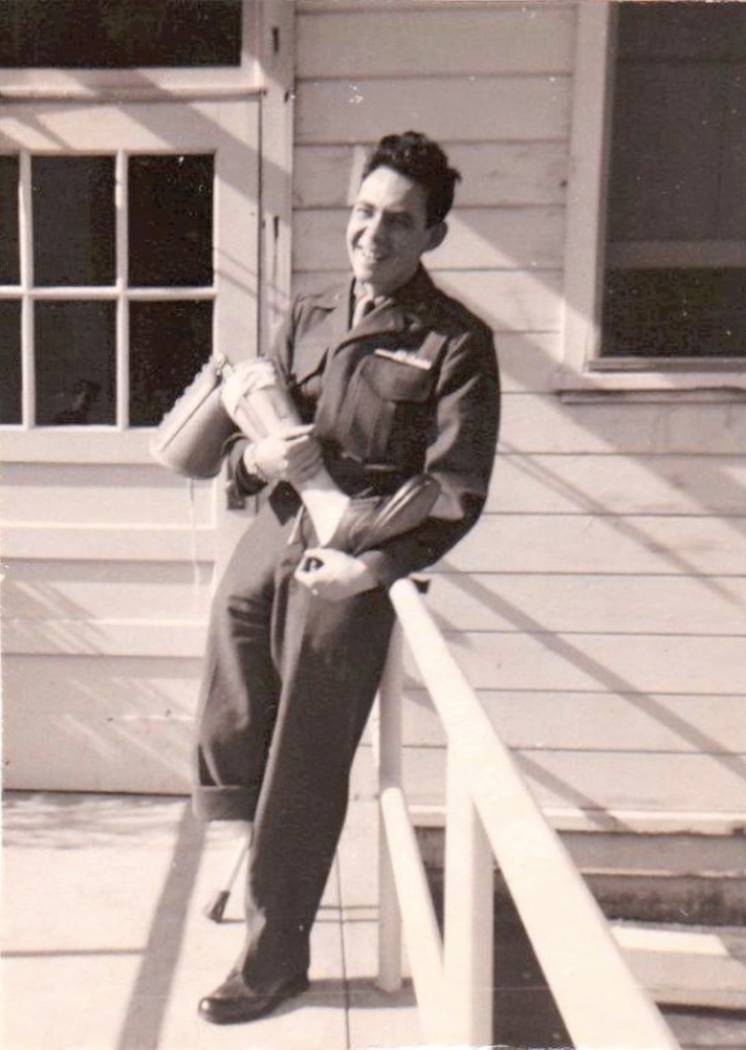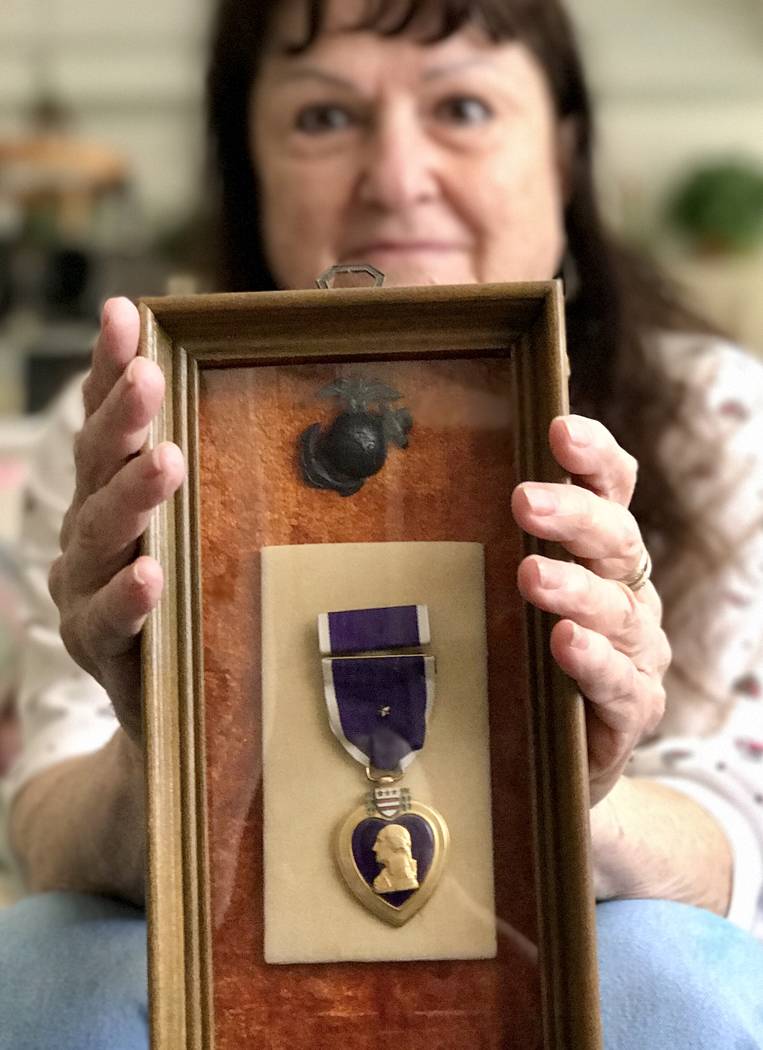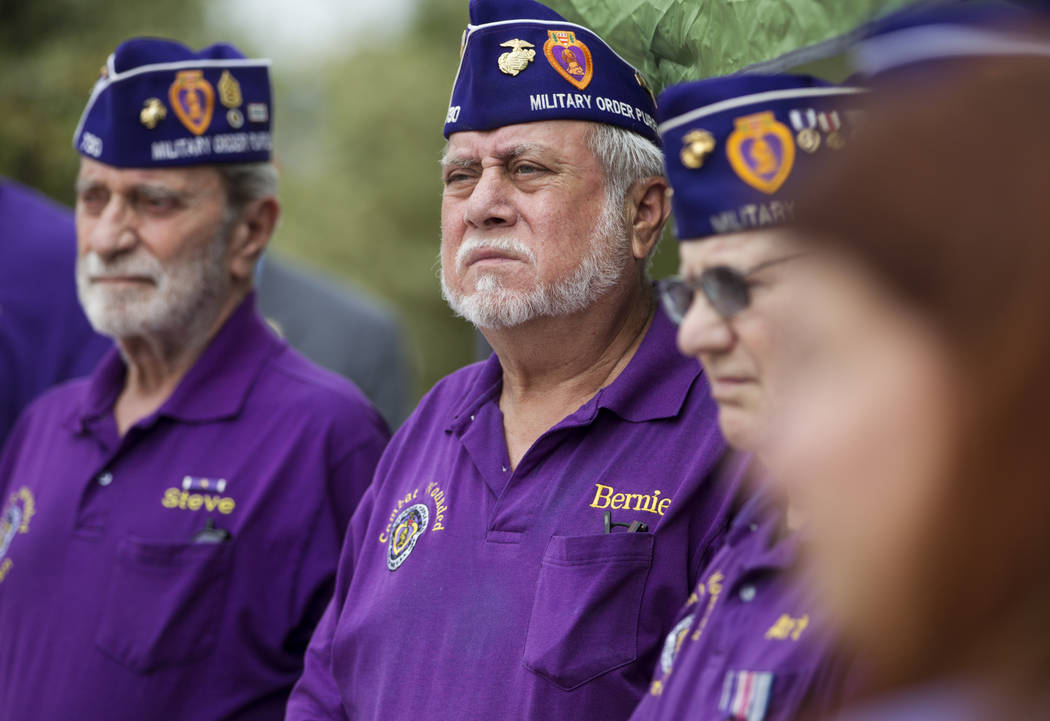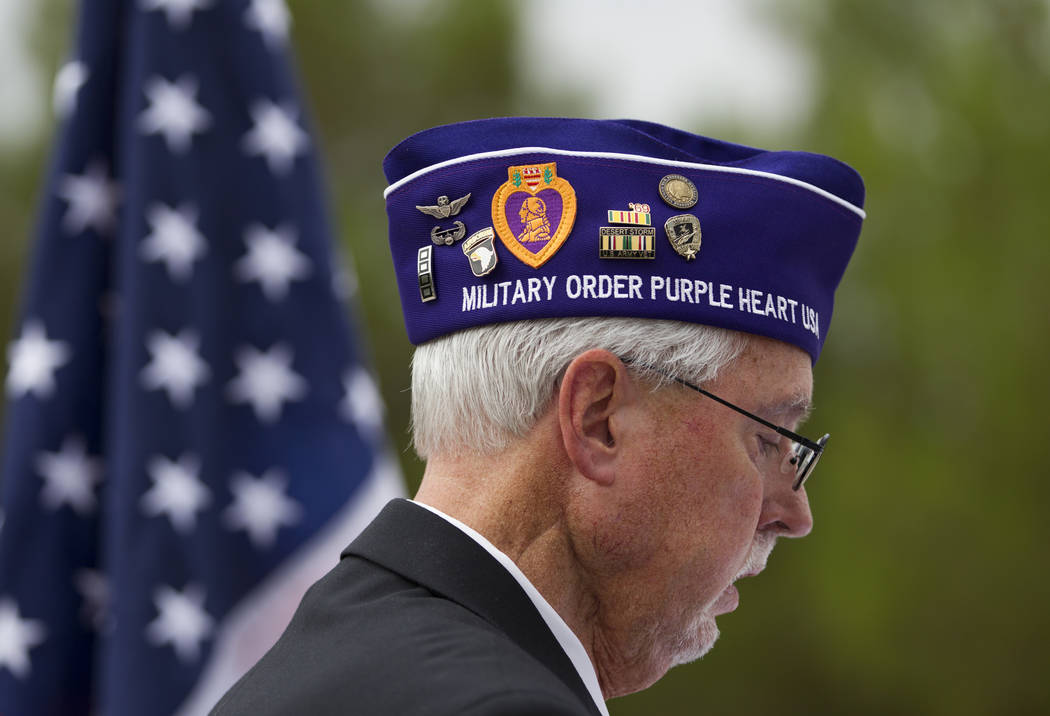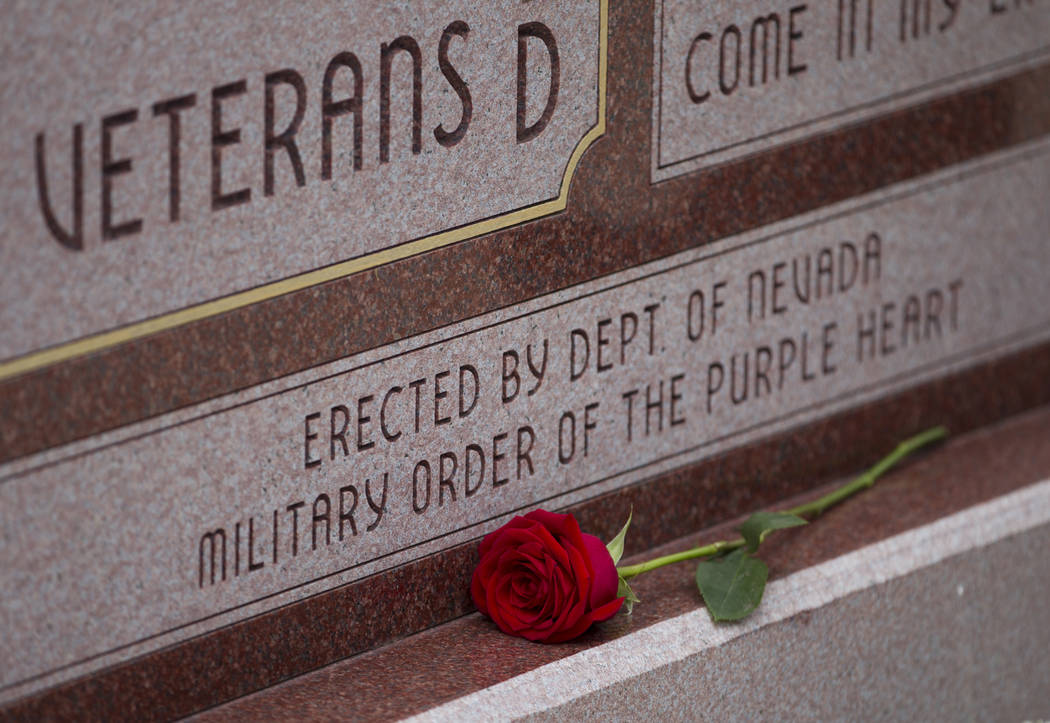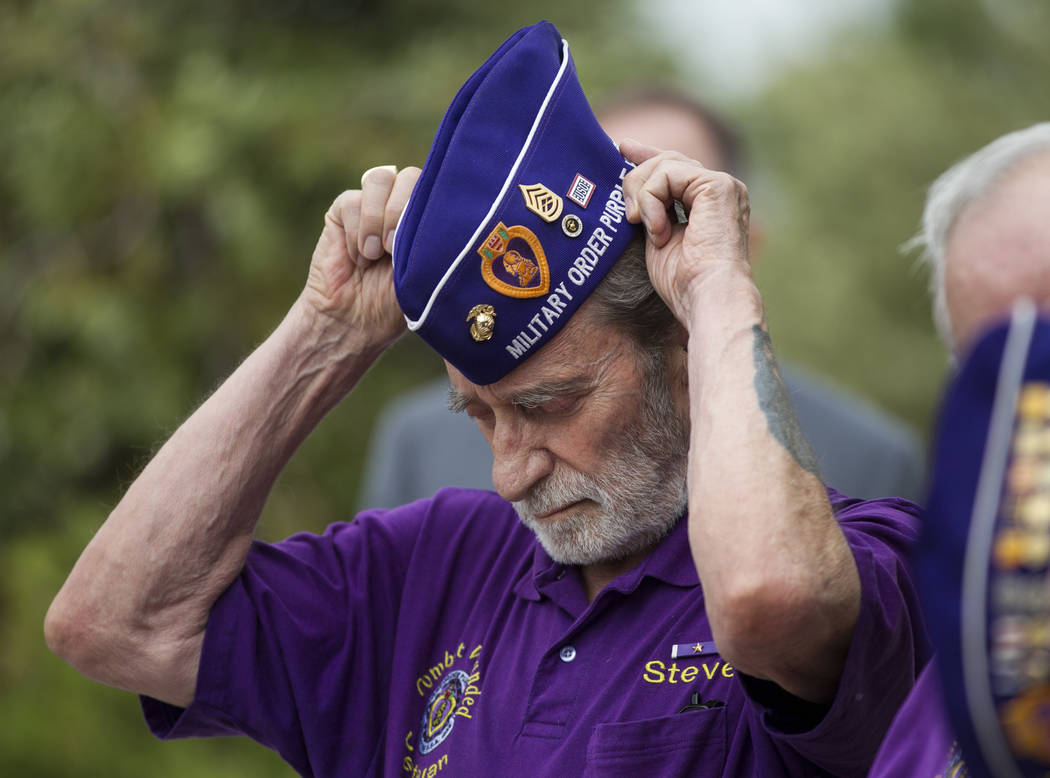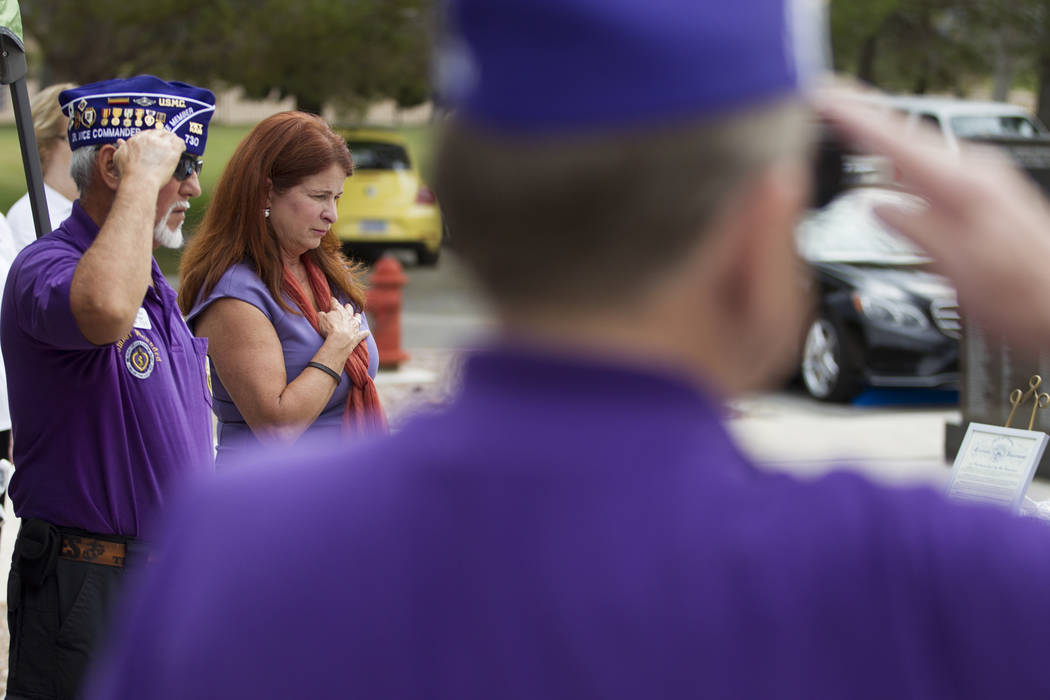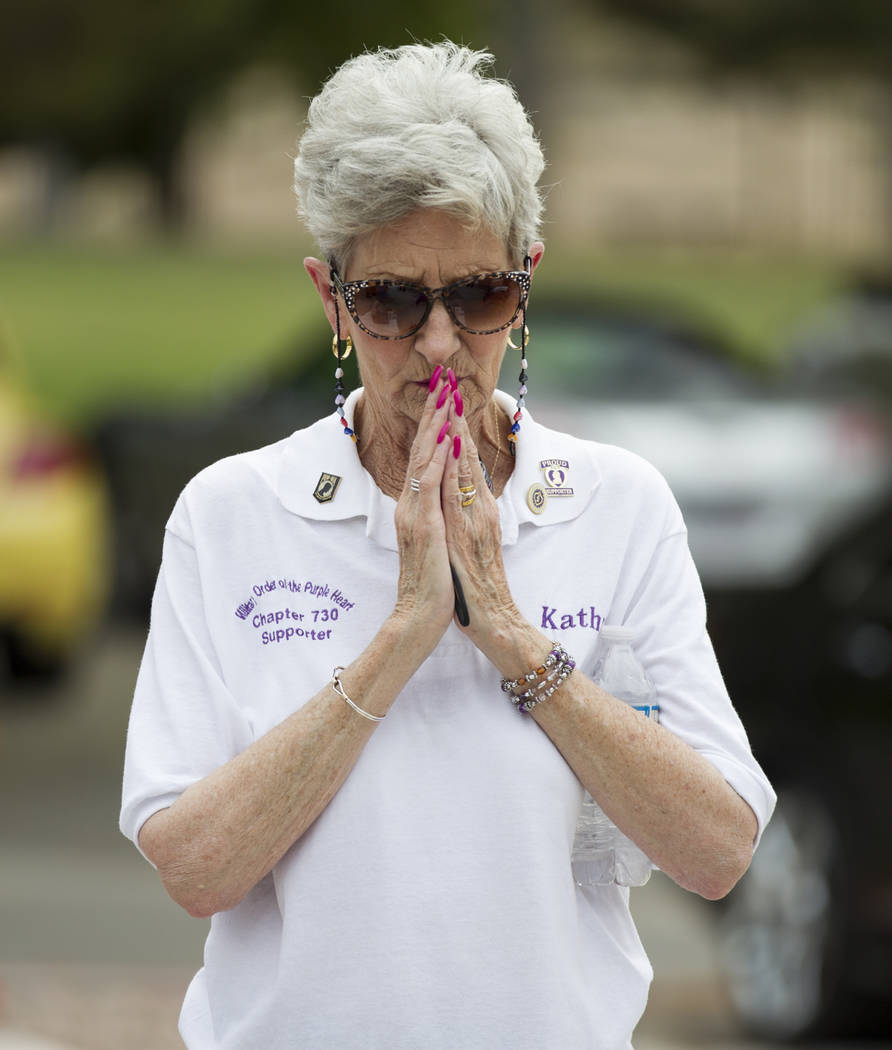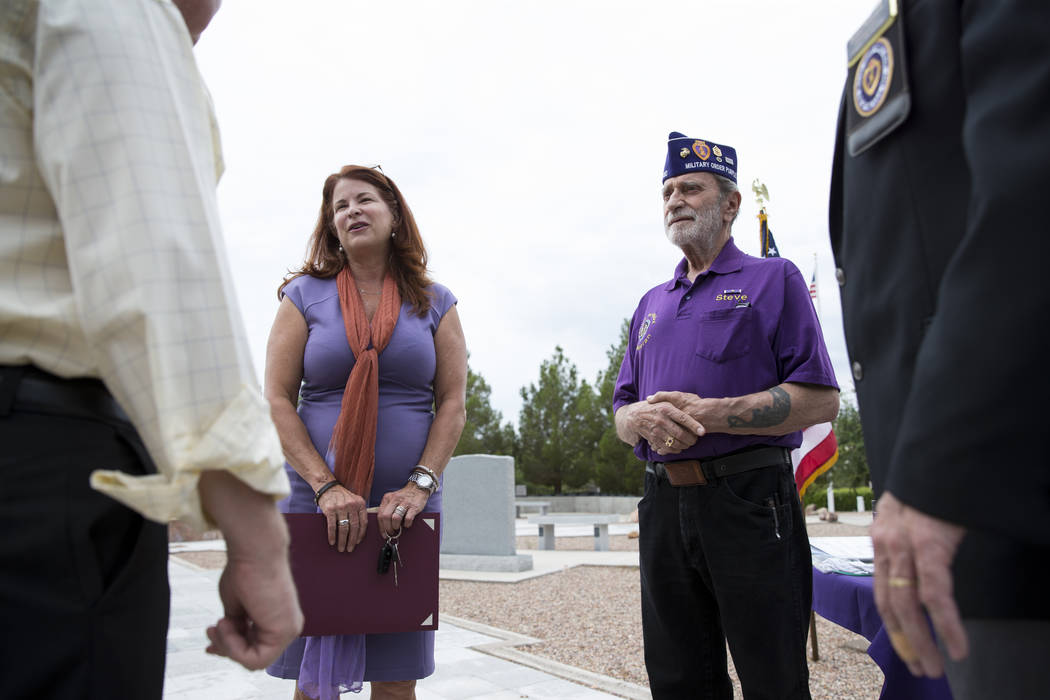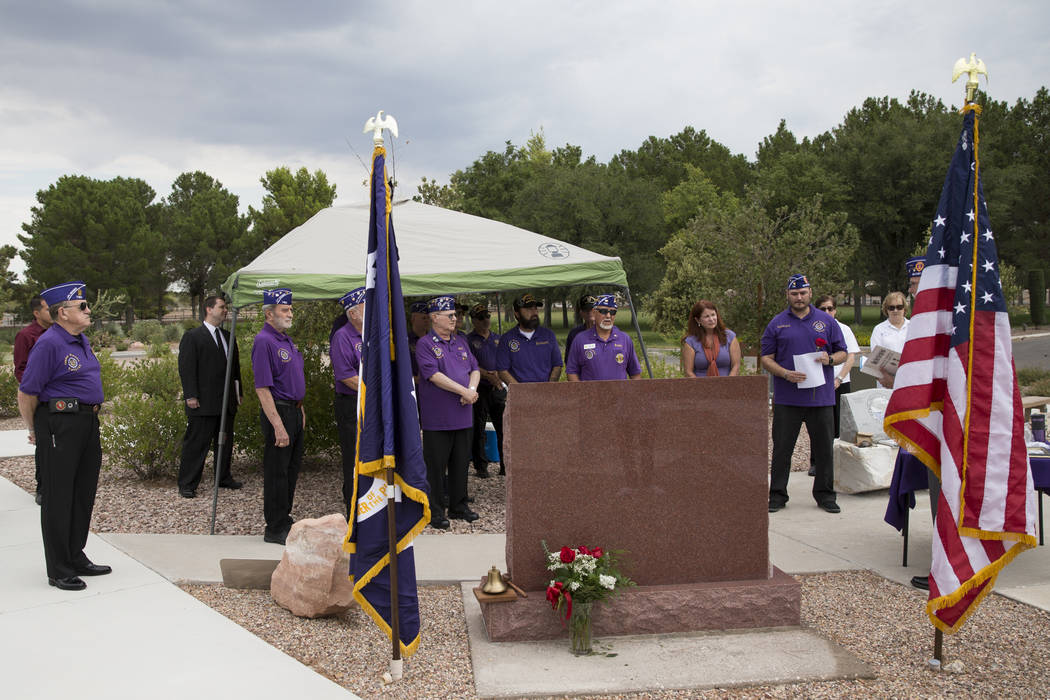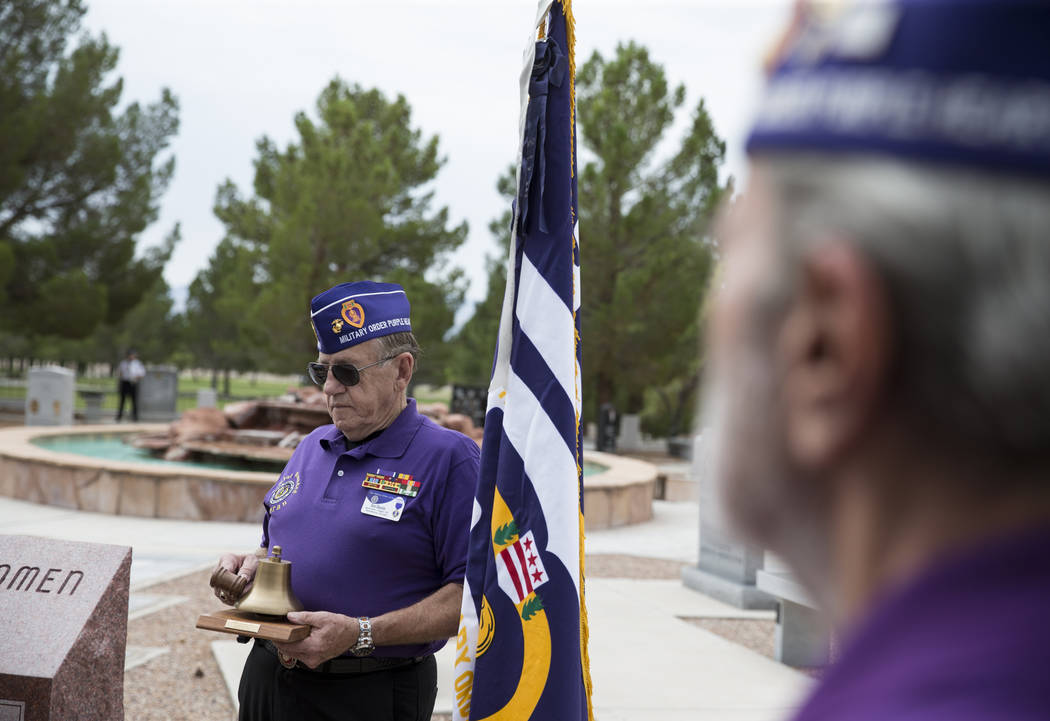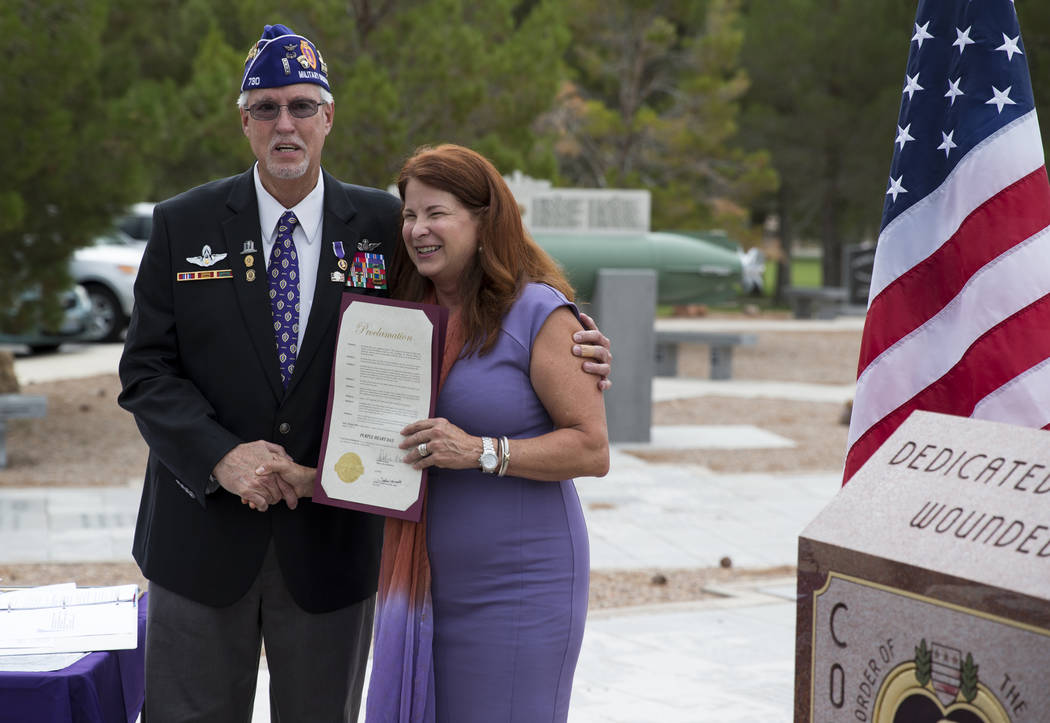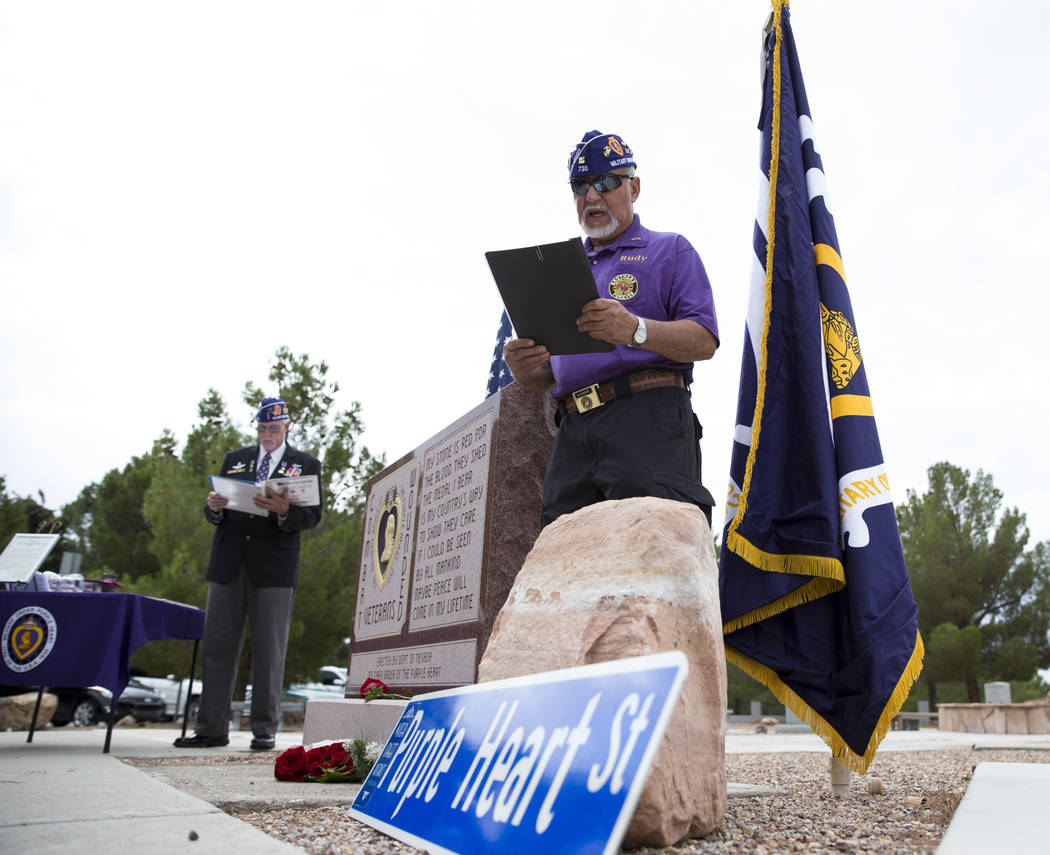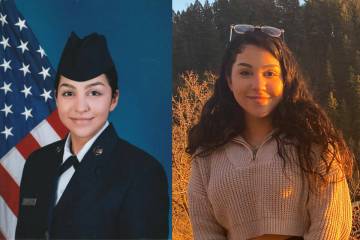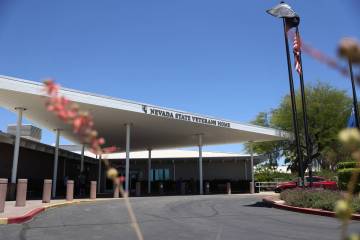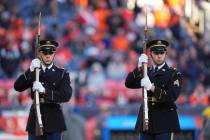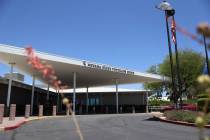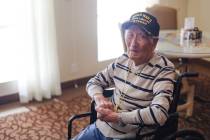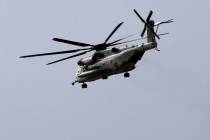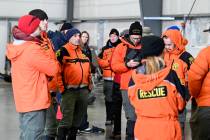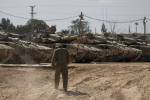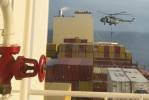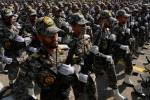Remembering Korean War vet’s sacrifice on Purple Heart Day
As fate would have it, Al Grandis earned one of his Purple Heart medals on a mountaintop in east-central Korea known as “Heartbreak Ridge.”
The 19-year-old lovesick Marine had just written his young teenage sweetheart in Brooklyn, New York, on that chilly September day in 1951.
“I’m on (the) lines now. If you could listen in you would hear guys all around me laughing, yelling, cursing, + barking out orders,” he wrote. “If my pen jumps + the handwriting is sloppy, it’s only because the artillery really shakes the ground.”
Ten days later, after a shrapnel wound, he wrote again to let her know he was returning to the front lines.
“My arm is all healed + hardly a scar is showing,” he wrote to Pauline Gerber on Sept. 26, 1951. “We went up to the front lines in helicopters as you must of read in the paper. It was the first time they used them to take troops right up to the front lines + we were landed in range of their weapons.”
The newfangled whirlybirds also were being used by Marines to evacuate the wounded on their return from dropping off fresh troops.
That saved Grandis’ life.
“It was supposed to be a surprise (attack), but the enemy knew. The area was mined and a lot of the boys were shot,” Pauline Grandis, the girl back home who later became Al’s wife, recalled last month. “And my husband was running and he stepped on a land mine and it blew his leg off.”
Now 81, she reflected on the “wonderful 63 years” that she spent married to a “very, very good-looking” Marine amputee during a July 4 gathering at her Las Vegas home to remember Al, who died of heart failure at 85 on Oct. 8.
What better day to remember the sacrifice and charmed life of Al Grandis than National Purple Heart Day, which is being celebrated Monday. He was, after all, a two-time Purple Heart recipient, once for the shrapnel wound and once for the more severe wound that altered the course of his life.
Saving Private Grandis
“He was lucky. He said, ‘I should have been dead at 19,’” Pauline remembered at the gathering. “A helicopter pilot landed against orders and picked him up. The area was mined and he was ordered not to land, but he did anyway and he saved my husband’s life.”
The severe injury cost Al his right leg, but it didn’t distract him from his role as a suitor.
In his last letter from Korea, he told Pauline he had entered her photo “in a competition with almost 100 others.”
“You won the prettiest face contest, though it was a close fight between you, a Miami and a Texas girl,” he wrote the day before the amputation.
“The closest to Jane Russell was won by you almost unanimously and when I looked again it startled me to see how really close your picture does resemble her.”
Pauline said that after Al returned stateside, they got married “the day I turned 18,” a ceremony delayed by her love-struck fib about being older than she was.
“When he came home, he found out I wasn’t 17,” she said. “I lied, but I guess it didn’t matter because we ended up getting married anyway.”
Like a scene from ‘M*A*S*H’
That day arrived thanks to a brave helicopter pilot and the increasing use of the aircraft in the Korean War, a development documented in the long-running TV series “M*A*S*H.”
Al considered the show “very realistic,” Pauline said, though it was about another service unit, the 4077th Mobile Army Surgical Hospital.
The choppers depicted in the TV series were Bell H-13 Sioux aircraft, which transported 18,000 of the war’s total 23,000 casualties to forward Army surgical hospitals.
But Marine Helicopter Transport Squadron 161, flying larger Sikorsky helicopters, was among the first using choppers to drop off troops and supplies on strategic hilltops and evacuate the wounded. One of their early missions was Operation Blackbird in September 1951, the battle that cost Grandis his leg.
As a result, more and more men who would otherwise have probably died on the battlefield received prompt medical care and survived with missing limbs and serious wounds. Many, like Al Grandis, lived into their 70s and 80s.
By the Vietnam War, the services were relying heavily on helicopters to insert troops and rescue the wounded. The workhorse became Bell’s UH-1 Huey, which airlifted 90 percent of combat casualties, “saving many lives in the process while carrying on the legacy of the Korean War’s Army and Marine Corps medical evacuation pilots,” said Jack Donahue of Las Vegas, an Army Distinguished Flying Cross helicopter pilot.
Ramblin’ Amps
Grandis lost a limb, but he led a normal life thanks in large part to the care he received at the now-closed Oak Knoll Naval Hospital in Oakland, California. That’s where he and a group of fellow amputees known as the “Ramblin’ Amps” blazed a rehabilitation trail for thousands of military amputees to follow.
After adjusting to his prosthetic leg, he learned to bowl, swim and play sports again.
“Don’t feel guilty about laughing over my wounds,” he wrote in a letter from Oak Knoll. “That’s the best thing anybody can do. In six months I’ll be as good as new.”
He used the GI Bill to complete his high school degree and earn a bachelor’s in engineering. He made a career in computers, running a floppy-disk company with his son Glenn in Fountain Valley, California. He retired in 1990 and moved with Pauline to Las Vegas.
In college, he received high grades on papers that he wrote about rehabilitating service members and adapting to life after war.
“He just never complained about anything,” his daughter Linda Fucci said. “You would never know. He did everything.”
His son Mike said his father was a hero, not just for risking his life in combat to help the 1st Marines, 2nd Battalion, E Company hold Heartbreak Ridge but also for how he led by example as a disabled veteran.
“For me and my family it is who he became post war that is most amazing,” he said in an email. “To us he is a hero because he overcame obstacles and never let it get in his way.
“He was especially proud to be a Marine and cherished the bonds he made with other Marines. He knew that someone risked their life and likely the lives of others to save him and for that he always felt gratitude rather than bitterness about what happened.”
Years ago, a high-ranking South Korean official thanked Al for his service.
“It meant a lot to him,” Mike Grandis said. “Maybe it reinforced to him the purpose and reason for his literally leaving a part of himself on the battlefield and that those Purple Hearts had meaning.”
Contact Keith Rogers at krogers@reviewjournal.com or 702-383-0308. Follow @KeithRogers2 on Twitter.
Purple Heart history
It was 235 years ago, on Aug. 7, 1782, that Continental Army Gen. George Washington created the Badge of Military Merit, now known as the Purple Heart medal.
According to the Military Order of the Purple Heart website, the first awards — "the figure of a heart in purple cloth or silk, edged with narrow lace or binding" — were given for "not only instances of unusual gallantry, but also of extraordinary fidelity and essential service."
The first badges were awarded to Revolutionary War soldiers William Brown, Elijah Churchill and Daniel Bissell in 1783.
It wasn't until 1932, on Washington's 200th birthday, that the War Department created the "Order of the Purple Heart" for a medal that depicts Washington's bust to be awarded to members of the U.S. armed forces who were killed or wounded in action against an enemy.
Prisoners of war who suffered in captivity are also eligible.
It is estimated that 1.8 million Purple Hearts have been awarded, according to the National Purple Heart Hall of Honor website.
A previous version of this story misstated the estimated number of Purple Hearts awarded.



